5 Minutes
Tesla brings back its flagship EVs to Europe — but demand is the question
Tesla quietly resumed sales of the Model S and Model X in left-hand-drive European markets, reversing a July decision to stop taking new orders amid weak demand and tariff complications. The relaunch keeps prices unchanged and introduces a handful of upgrades aimed at ride comfort, cabin quietness and efficiency — yet the big question remains: will buyers return to these aging but iconic models?
What’s back on the menu — and at what price
Both models are available again in mainland Europe with the same price tags as before the pause. Key trims and recommended retail prices (EUR) are:
- Model S AWD: 109,990 euros (~$127,500)
- Model S Plaid: 119,990 euros (~$139,100)
- Model X AWD: 114,990 euros (~$133,300)
- Model X Plaid: 124,990 euros (~$144,900)
These figures underline Tesla’s positioning: premium, low-volume electric vehicles aimed at buyers who prioritize performance or brand prestige.
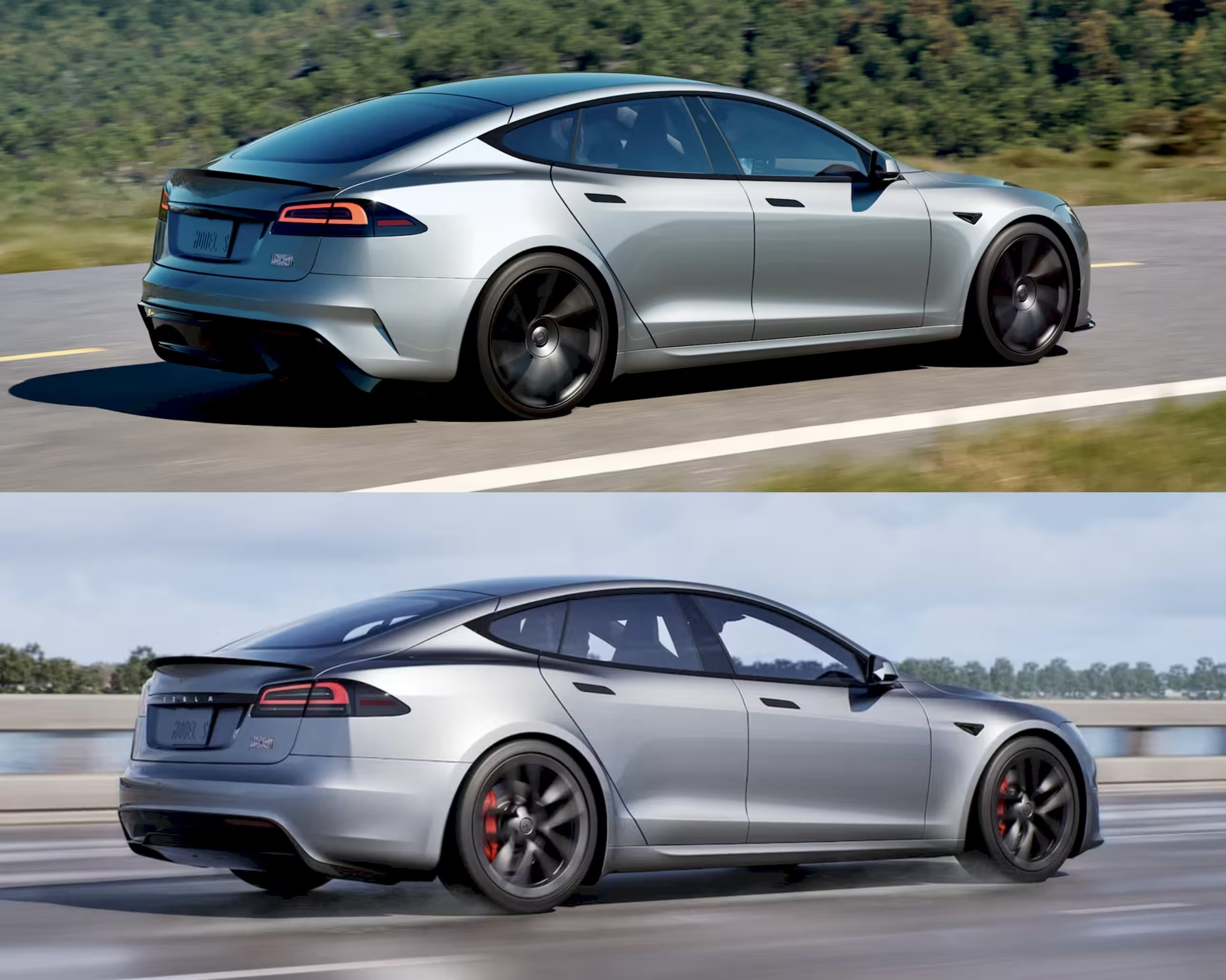
What’s changed: comfort, noise and range
Tesla focused this refresh on refinement rather than radical redesign. The most tangible updates include:
- Revised suspension geometry and new bushings for a smoother ride
- Improved sound insulation for a quieter cabin
- Efficiency tweaks that boost the WLTP range — Model S AWD now claims up to 744 km (462 miles) WLTP
These changes are practical: they improve daily usability and long-distance comfort, two areas where older platforms can feel dated compared with newer rivals.
Why Tesla kept the S and X alive
The Model S is historically significant — it helped launch the modern EV era in 2012 — and both cars remain profitable to offer at low volumes because they share an older, amortized architecture. That makes it economically viable for Tesla to continue producing them for enthusiasts and buyers who still want the flagship Tesla experience.
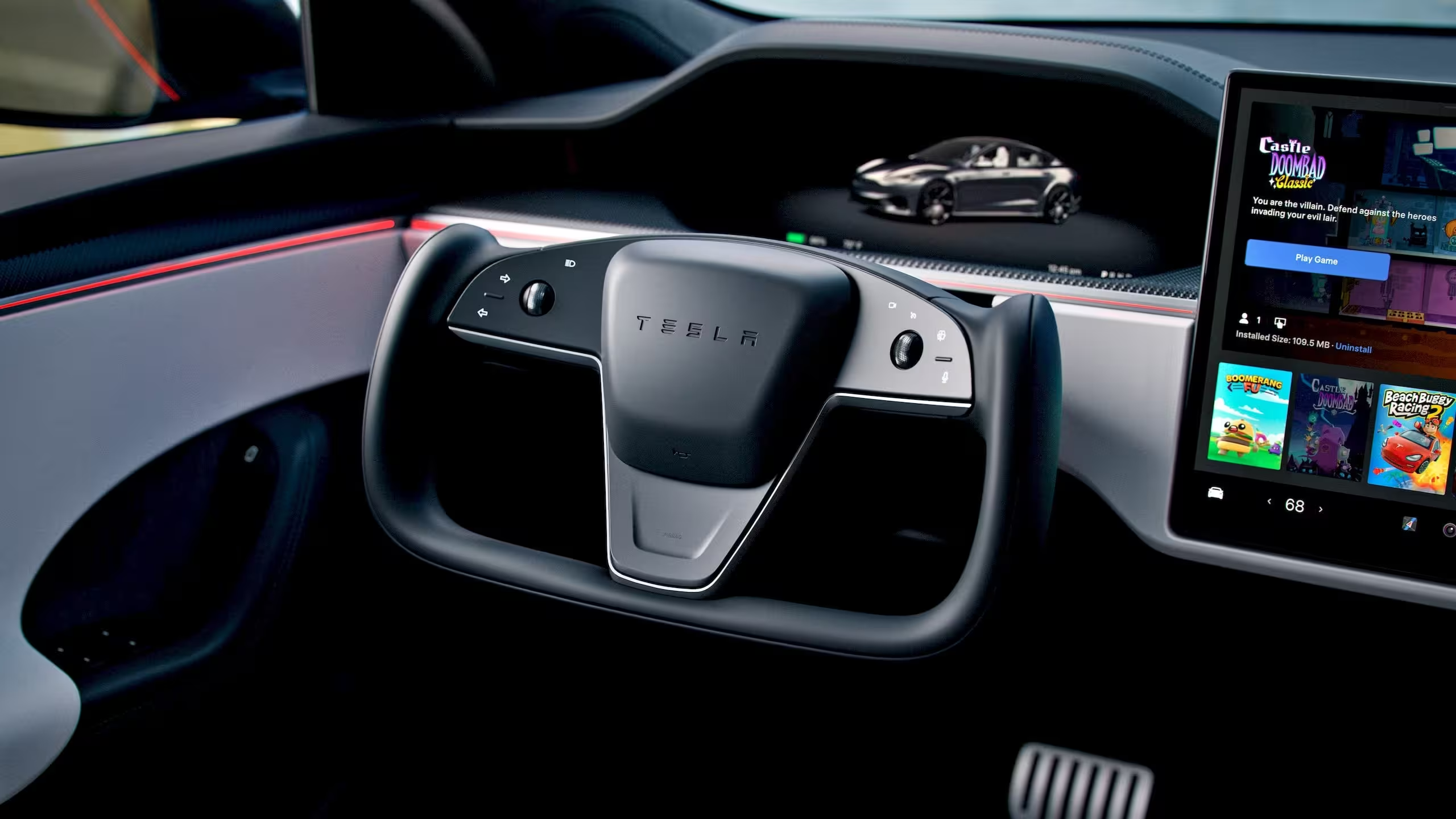
Yet that same longevity is a double-edged sword. With limited sales, Tesla has little incentive to invest in a ground-up overhaul, and without major change the cars become less competitive against fresh contenders from legacy luxury brands and newer EV specialists.
Market context: tariffs, right-hand drive and global demand
Tesla previously pulled the S and X from right-hand-drive markets and suspended European orders as tariffs and production logistics made overseas sales tougher. Luxury EVs that price above $100,000 typically sell in very small volumes globally, and incremental improvements rarely change that dynamic.
How the S and X stack up today
Against rivals such as the Porsche Taycan, Mercedes‑EQS and BMW i7, the updated Model S and Model X still offer Tesla’s hallmark straight-line performance and integrated charging/software ecosystem. But competitors have been refreshing interiors, range efficiency and dealer support — areas where the S and X must now compete on refinement and brand appeal rather than novelty.
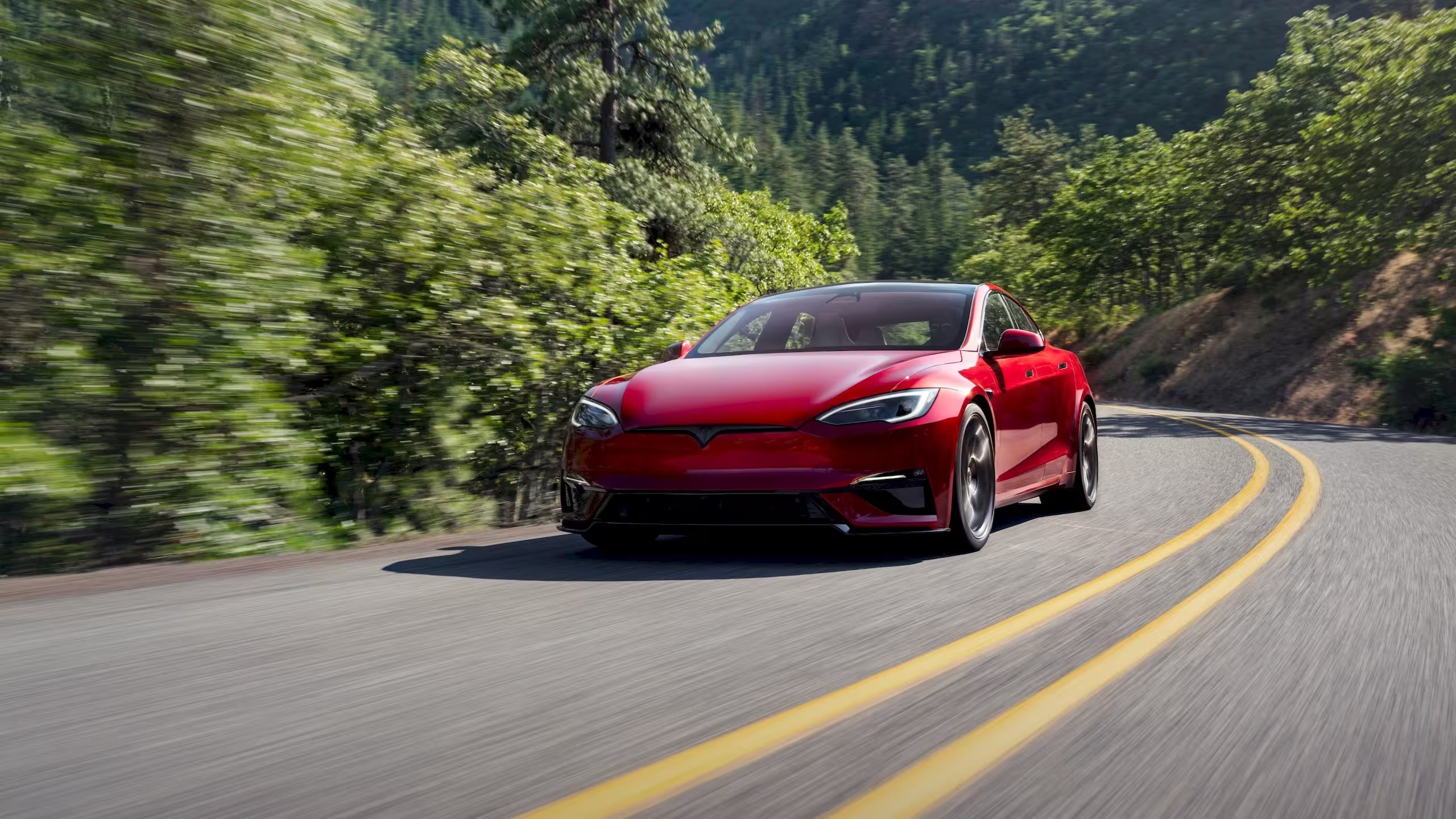
Highlights:
- Iconic EV pedigree and strong performance credentials
- Improved ride comfort and cabin isolation after the refresh
- Strong WLTP range on the Model S AWD (744 km claim)
Quote: 'The Model S made EVs mainstream; the new tweaks aim to keep it relevant — but relevance doesn’t guarantee sales.'
Will relaunching in Europe change anything?
Realistically, the relaunch is unlikely to dramatically increase volumes. Buyers in the luxury EV space now have more choices, and few customers will be persuaded by modest comfort upgrades alone. That said, for a small but vocal segment of buyers who value Tesla’s performance, range and software ecosystem, the refreshed S and X remain tempting.
For enthusiasts and potential buyers, the relaunch is a reminder that Tesla is keeping its flagship lineup on life support — improved, but still a niche proposition in a market moving toward broader electrification and new competition.
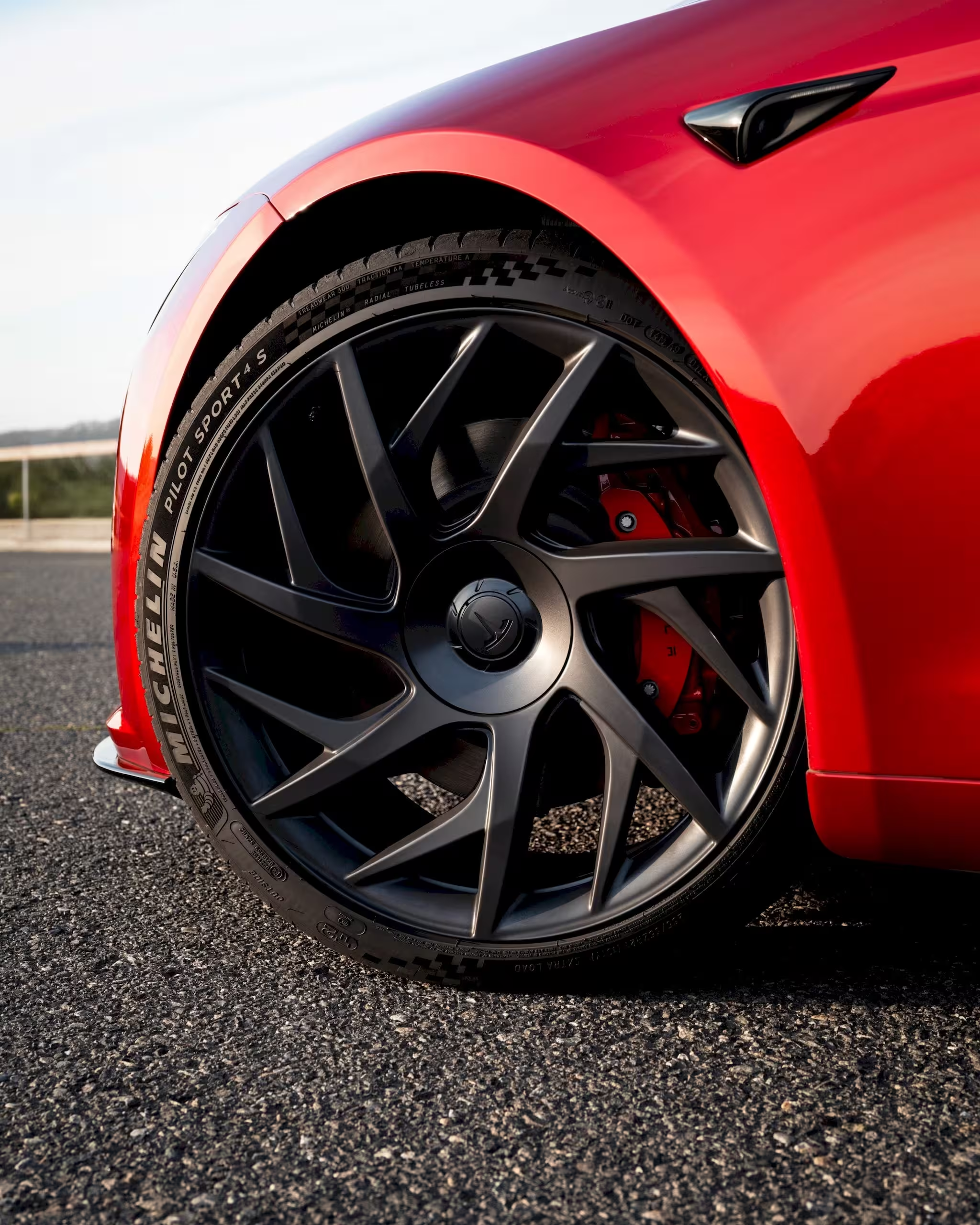
Bottom line
Tesla’s reintroduction of the Model S and Model X to left-hand-drive Europe is a pragmatic move: unchanged pricing, modest upgrades and continued availability for customers who want a high-end Tesla. The move preserves heritage and choice, but it may not reverse the broader market trend that favors newer, more modern EV designs and better-equipped competitors.
Source: autoevolution
Comments
mechbyte
Tariffs and RHD issues make sense, but will the old S/X at 120k really sell? Nice tweaks, but feels like lipstick on a 2012 platform. if that’s real then…

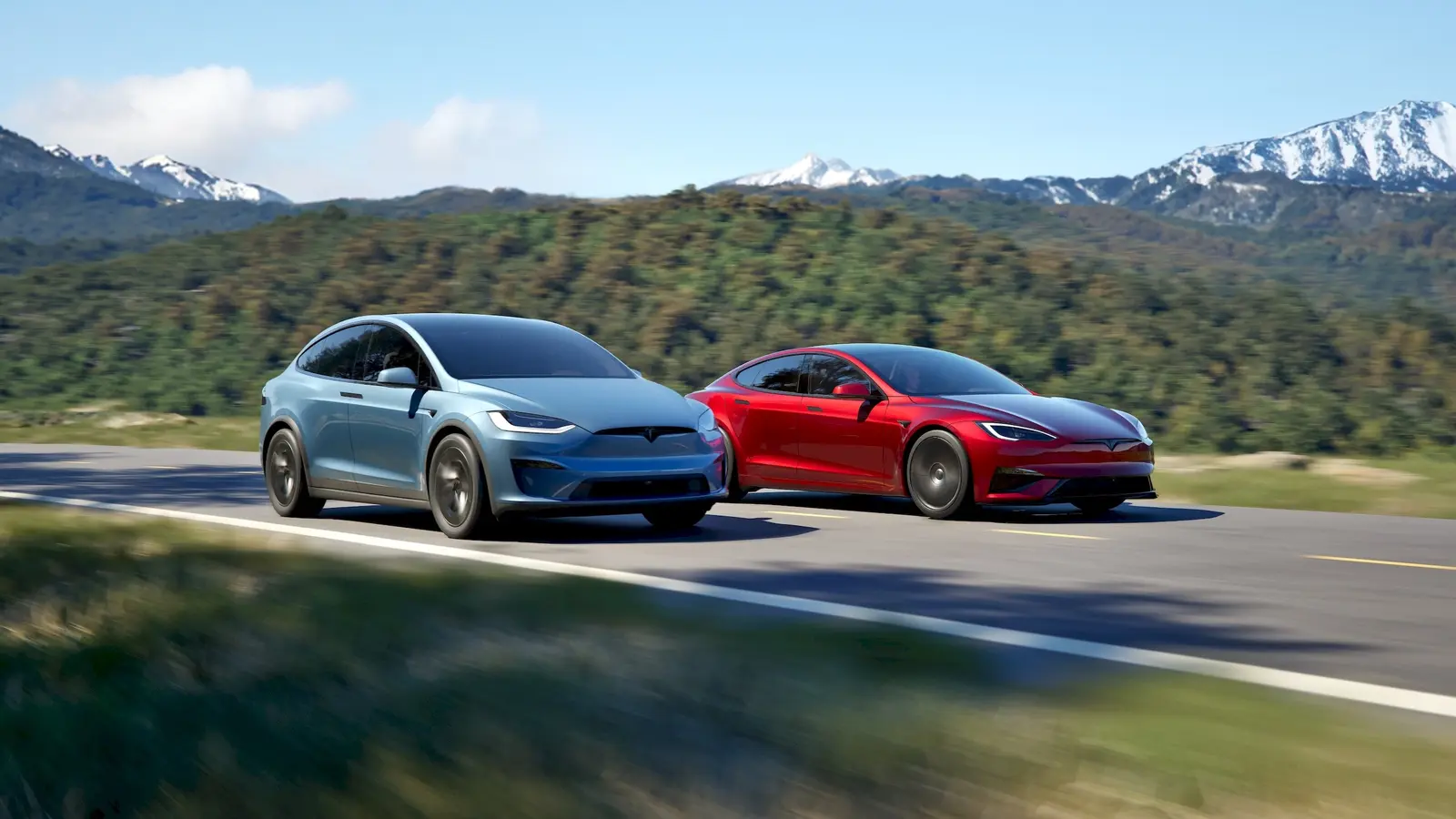
Leave a Comment